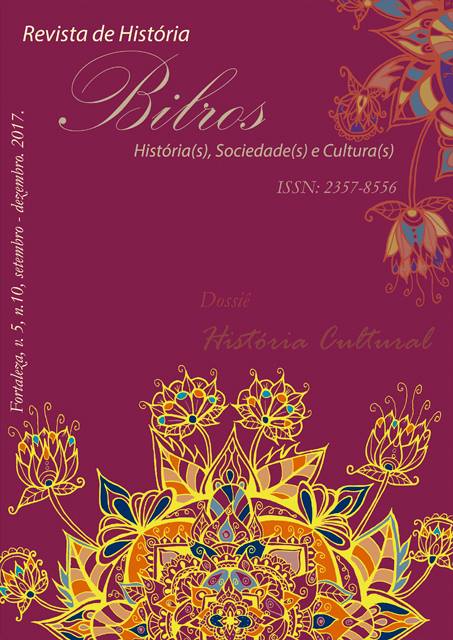HISTORY OF CAPOEIRA IN THE REGION OF IMBITUVA, PARANÁ:
BLACK CULTURE AMONG WHITES
Keywords:
Capoeira, Imbituva, Fotografia, Cultura, IdentidadeAbstract
This article discusses the introduction and practice of Capoeira in the municipality of Imbituva, in the Center-West region of Paraná. It was developed from photographic and oral sources, from the theoretical-methodological perspective of Kossoy and Martins, who are dedicated to the analysis and ponderations on photography, and authors such as Alberti and Meihy, who work with Oral History. It has been observed that the interest manifested in Capoeira in the municipality of Imbituva and region expresses the cultural plurality typical of Brazil, which is opposed to the construction and reproduction of the idea of, first, a different Brazil and, not least, a fragmented Brazil, with no links of identity. Thus, Capoeira appears as one of those element aggregators of the nation, which crossed the country from north to south and from east to west, and contributed the fact that elements which make up a common identity are those elements which make all Brazilians. For this, the text deals with the history of Capoeira from the city of Imbituva, since the arrival of the first Capoeira player (master Luiz Baiano) through all Capoeira groups until the current days, where Capoeira is continued by Josni Nogosek Ferreira dos Santos.
Downloads
Published
How to Cite
Issue
Section
License
Copyright (c) 2022 Jeferson do Nascimento Machado

This work is licensed under a Creative Commons Attribution-NonCommercial 4.0 International License.






